Between technical dynamism and joyful optimism, Antwerp’s new guard of creatives weaved threads of substance, invention and excess as an antidote to the quiet luxury of today.
ANTWERP, BELGIUM — In the end, Antwerp’s creative offerings were about the stuff you already know. Your grandma’s layering, which you hated as a teen but now love. A chic coat paired with a full, pleated skirt knitted with microbeads — something that recalls a bourgeois piece, fusing empowerment and fuss-free elegance. The Royal Academy of Fine Arts put that and more on its annual end-of-year runway last weekend.
And it was a special final bow. It unfolded in semi-brightness on a raised catwalk — just enough light to make out the volumes of the mostly dark clothes, which seemed to be the point.
Alongside the garments were captivating dance performances by the city’s Royal Ballet School. Movement became a source for all kinds of shapes, including maxi coats and dresses adorned with minute details crafted from locally sourced materials. Intricate fastenings clustered and stumbled down the sides and backs of garments. More than in recent years, this show felt like a true test of the students’ overarching skills.
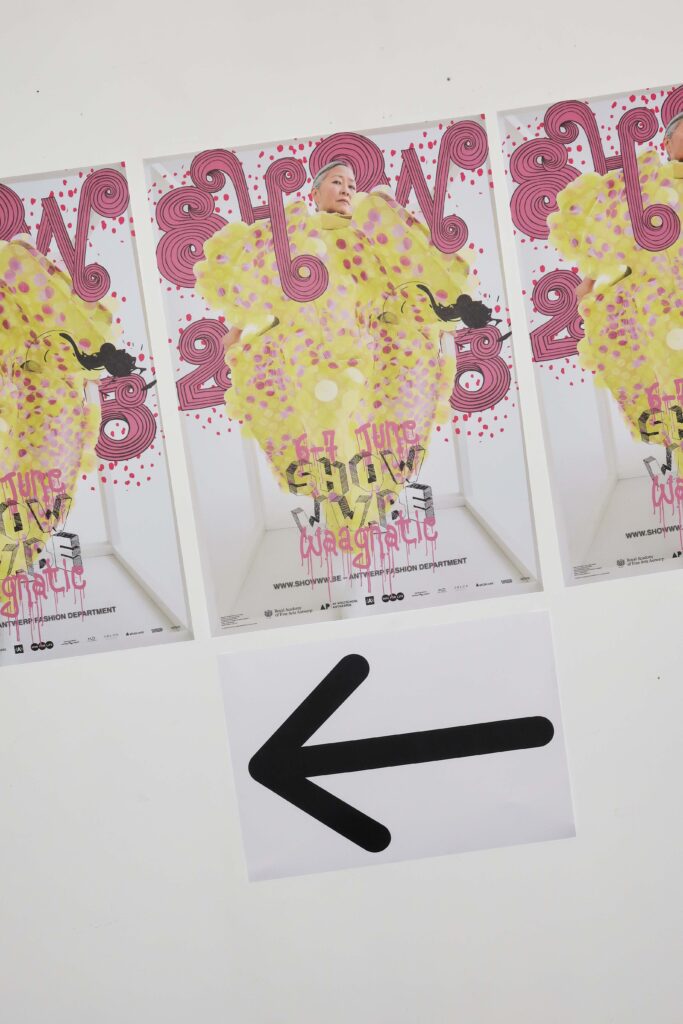
Antwerp Fashion Week
In a way, these creative underpinnings and connections also found serenity and clarity at MoMu (Antwerp’s Fashion Museum), which currently features Fashion & Interiors: A Gendered Affair and a solo exhibition on Jan-Jan Van Essche. From Le Corbusier’s design legacy, Raf Simons’ archival work, and Maison Martin Margiela’s grandeur to Van Essche’s modular fluidity, these designers have spent decades transforming both historical and everyday design — and they still manage to astonish.
“Dance is one of my big inspirations because that’s where I begin studying the body,” says Van Essche, stressing the importance of movement as a tool of expression. “You really have to learn what the body can do, and dance, for me, is a very good example of that.”
A 2003 graduate of Antwerp’s RA and now 15 years into his career, Van Essche notes how his collections have maintained a certain breeziness. “More than theatre, dance inspires me because it doesn’t frame things the way text does; I’m more of a colour and sound kind of designer. I don’t think in words as much — which might sound strange — but dance does that for me.”
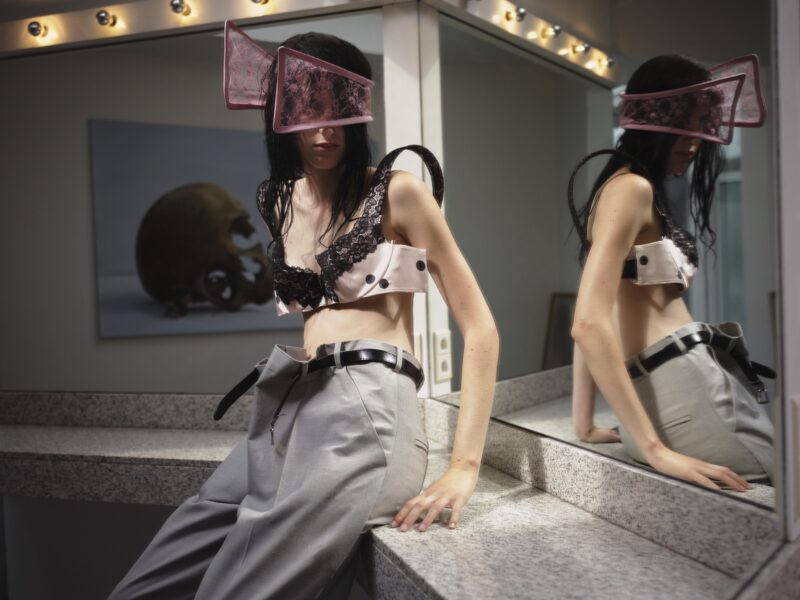
Delara Tavassoti
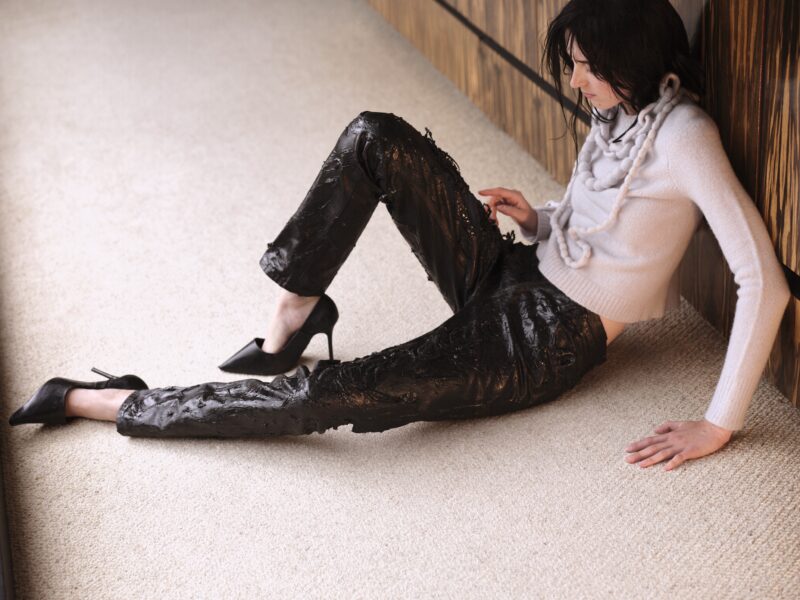
Delara Tavassoti
The work on show was also a testament to how long it takes to develop one’s creative sensibility. Some looks were rich in colour but strategically simple in silhouette. Others featured structural, neutral-toned pieces, blending faded prints or forming striking silhouettes with confident construction. The students appeared to push themselves, as if determined to prove that design is a process of reinventing history — including one’s own.
This year, designers seemed to be navigating two competing urges: experimenting with new shapes while delivering a “meaningful” look. Or, as Highsnobiety’s Vice President of Creative and Buying, Herbert Hofmann, puts it: “Clothing that holds a modern flair and heritage.”
As a member of this year’s jury, Hofmann’s role lies in weighing creativity against commercial viability — seeing whether students have the urge, or the ability, to turn great design into something today’s customer will actually wear.
“I’m keen on what’s new, what’s innovative, and how a designer addresses today’s challenges: sustainability, sourcing, marketing, and creative identity,” he says. “It’s interesting because sometimes you see someone who has the whole package but is quieter than others. We think about how we can push those talents — give them the tools to survive in this crazy market.” In Antwerp, Hofmann sees a balance of modernity and heritage passed down from Simons, Van Noten, and Van Beirendonck protégés.
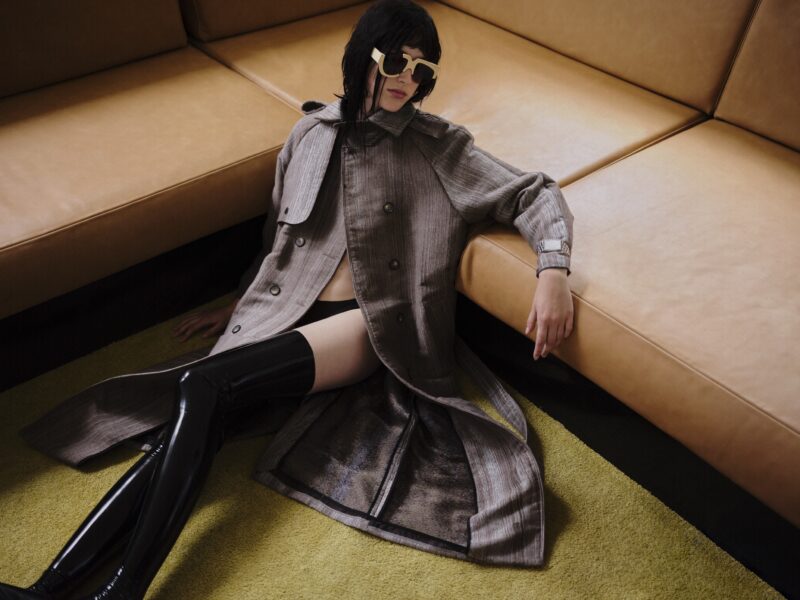
Delara Tavassoti
“You look at the kids on the street and they’re wearing the most amazing outfits. There’s a lot of vintage, and it’s meticulously handpicked and layered. There’s a cosy speciality in the air,” he says. “I always associate Denmark or Sweden with furniture, interiors, and architecture — but here, it’s about fashion. Compared to other major fashion cities, you realize Milan, Paris, and others tend to follow overarching commercial trends. But here, creativity pushes past convention.”
One such convention-breaker was graduating student Delara Tavassoti, whose collection — Almost a Mess — explored the idea of something almost scruffy, but not quite. “I was inspired by the idea of a puzzle — a beautiful metaphor for something eager to be solved, still in process, waiting to fall into place,” she says. “This came through in skirts that don’t quite fit the mannequin because they’re meant to be draped directly on the body. I also included many puzzle elements — it’s beautiful to show that something doesn’t have to be complete to be meaningful.”
Tavassoti always knew she wanted to study in Antwerp. “I think it was because of the people who graduated from here — the work I looked up to — and the city’s history,” she explains. “Being here, you really feel the legacy, the culture, and the presence of those who came before, on their way to Paris or Milan. I’m happy to build on that.”
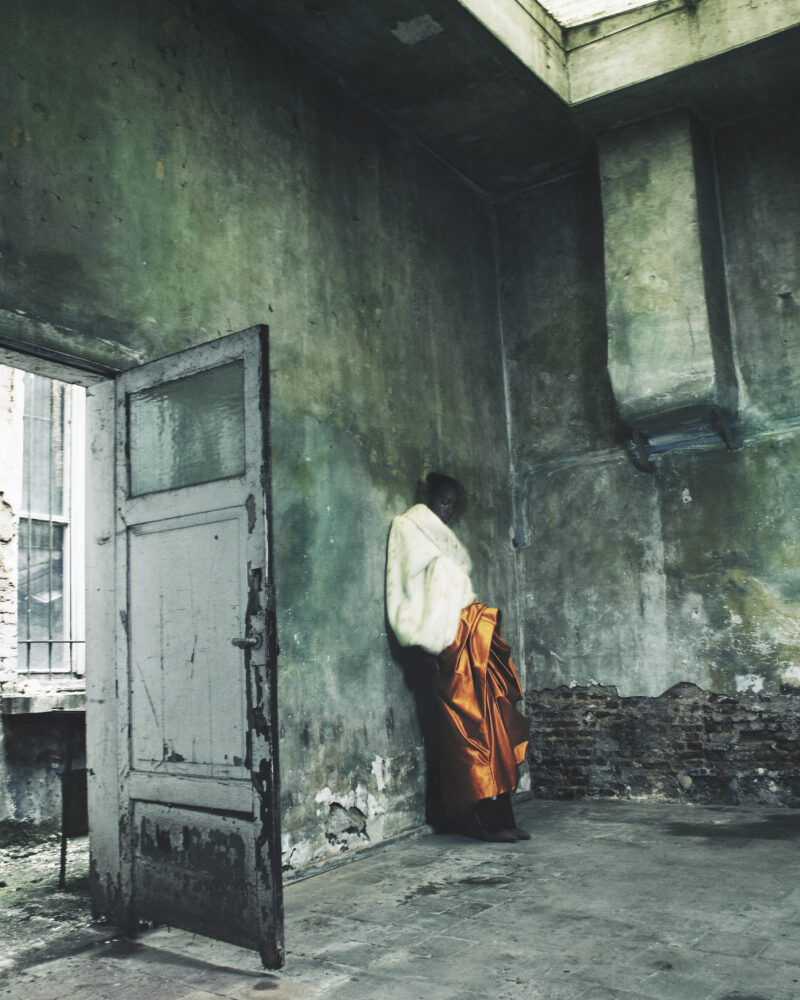
Floran Polano. Photograph: Sieme Hermans
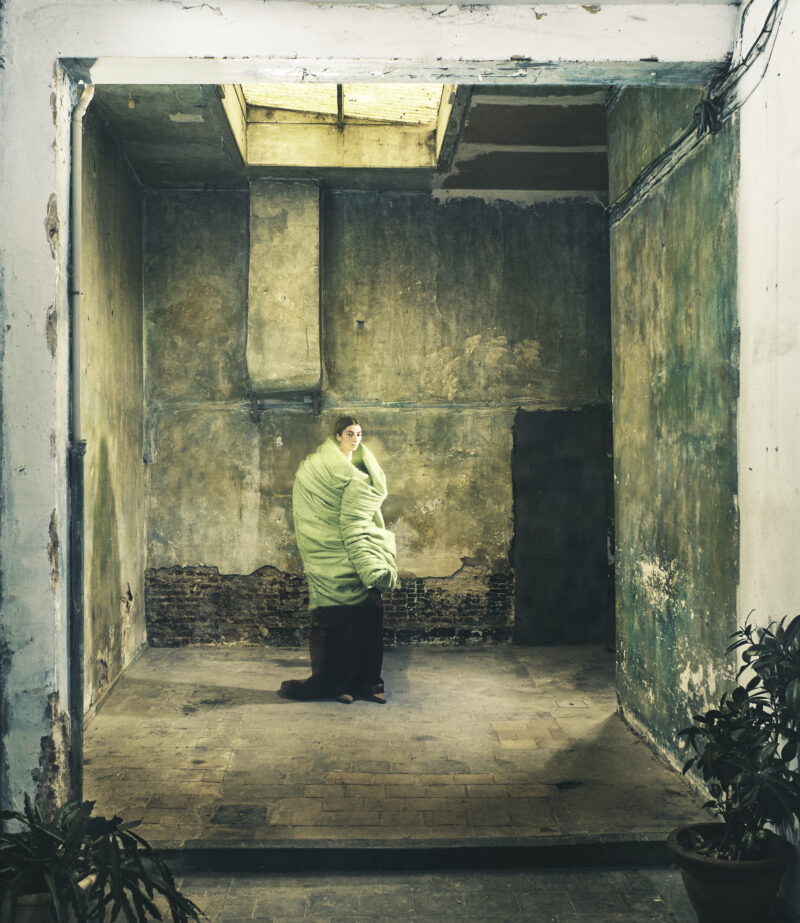
Floran Polano. Photograph: Sieme Hermans
This sense of belonging also resonated with Floran Polano, who came to Antwerp driven by his admiration for the Royal Academy. “Seeing what former students made really clicked with me. It had been a dream for a long time, and to be here now and see how far I’ve come is such a proud joy.” Before joining the Academy, Polano didn’t study fashion — he majored in Classics. “But my parents always encouraged my sister and me to explore our passions, however we wanted.”

Floran Polano. Photograph: Sieme Hermans
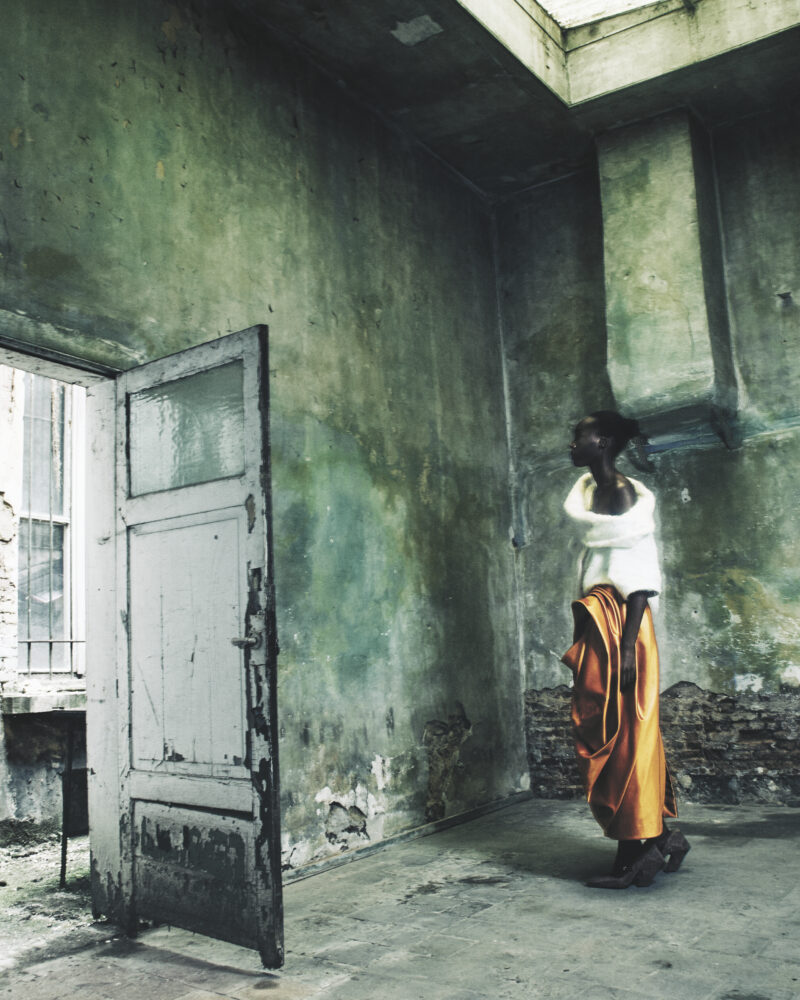
Floran Polano. Photograph: Sieme Hermans
For Polano, fashion was always an interest, but the Master’s course pushed his technical and conceptual skills to new heights. His graduate collection featured lush draping and dramatically oversized cocoon-shaped volumes, offset by sharp, textured elements across toppers and shoes — a visual feast that embraced maximalism with elegant restraint. “I was inspired by 1950s couture, cocoon shapes, and big drapes,” Polano says. “But I wanted to translate that into the present — to make it my own.”
Amid the technical rigour and conceptual originality in Antwerp, fun might remain the best form of resistance.
by Chidozie Obasi
